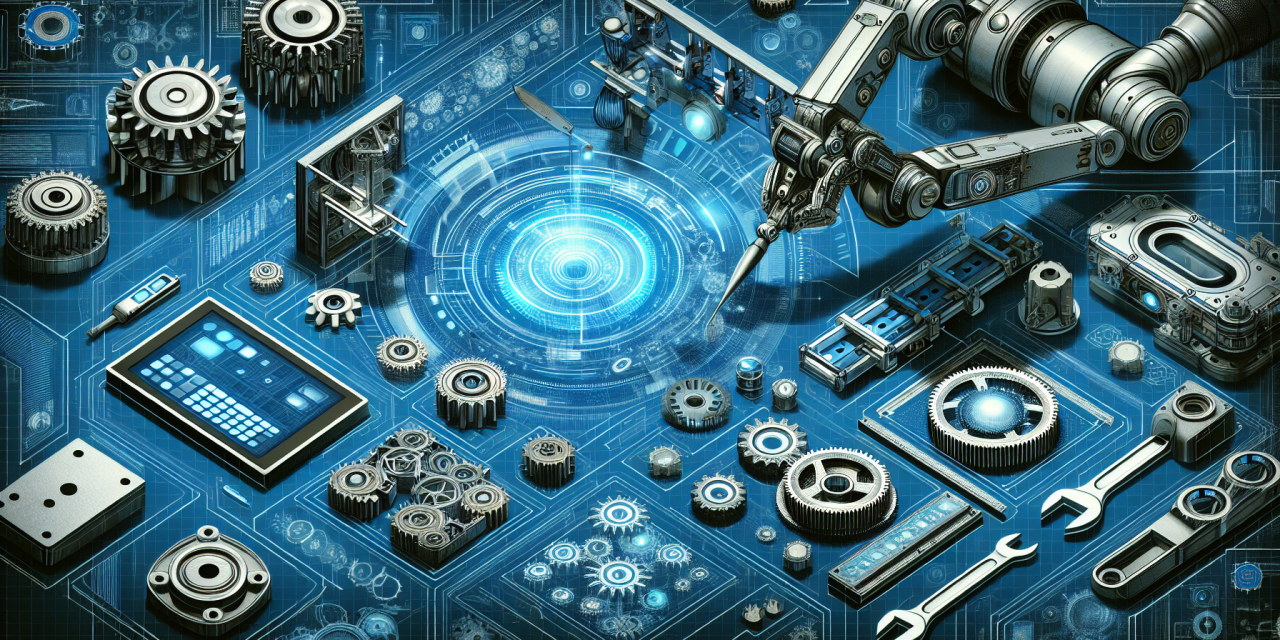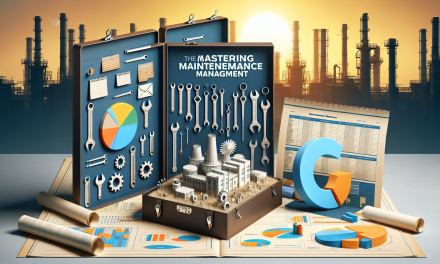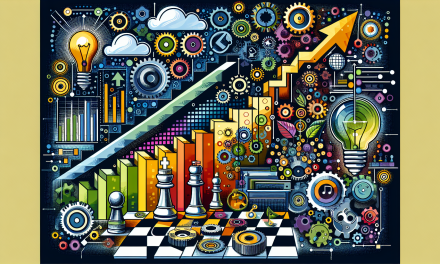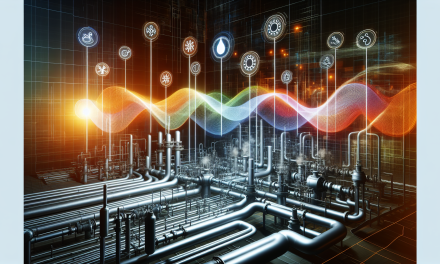Table of Contents
- Introduction
- The Evolving Landscape of Maintenance Technologies
- Advanced Maintenance Technologies
- Impact of Technology on Maintenance
- Implementing Modern Maintenance Technologies
- FAQs
- Conclusion
Introduction
In today’s fast-paced industrial landscape, understanding modern maintenance technologies becomes essential for organizations striving for operational excellence. As industries undergo rapid transformations, integrating advanced maintenance solutions proves vital in enhancing efficiency and productivity.
The Evolving Landscape of Maintenance Technologies
Over the years, maintenance practices have significantly evolved. Traditional methods have often relied on routine inspections and guesswork. However, the introduction of modern maintenance technologies shifts this paradigm entirely. Now, organizations actively seek smart solutions that use data and insights to predict maintenance needs, allocate resources efficiently, and minimize downtime.
Key Drivers of Change
Several factors contribute to the evolution of maintenance technologies:
- Increased Operational Demands: With higher production expectations, businesses look for ways to maintain equipment reliability.
- Technological Advancements: Innovations in IoT, AI, and big data analytics open new avenues for predictive maintenance.
- Cost Reduction Needs: Organizations continually strive to reduce operational costs without compromising on quality.
Advanced Maintenance Technologies
Among various emerging tools, some technologies stand out in transforming maintenance practices:
1. Predictive Maintenance
Predictive maintenance involves using data from sensors and machinery to foresee when maintenance is required. By analyzing historical trends and real-time data, organizations can schedule maintenance before breakdowns occur. This proactive approach not only saves money but also significantly enhances operational efficiency.
2. Condition-Based Monitoring
Condition-based monitoring allows businesses to track the performance of their equipment constantly. This technology collects real-time data, which helps identify any anomalies. Consequently, organizations can address issues before they escalate into larger problems.
3. Automation and Robotics
Automation in maintenance practices using robots is gaining traction. Robots can perform repetitive tasks, allowing human workers to focus on more strategic responsibilities, which ultimately leads to optimized operations.
4. Cloud Computing
Cloud computing facilitates collaboration among teams as it allows real-time access to maintenance data. This centralized approach simplifies tracking and managing maintenance tasks.
5. Artificial Intelligence
AI helps in analyzing vast amounts of data to generate insights for effective decision-making. By leveraging AI, organizations can improve their maintenance strategies and streamline operations.
Impact of Technology on Maintenance
Implementing modern maintenance technologies profoundly impacts organizations beyond just equipment upkeep. These technologies can fundamentally change their operational frameworks and efficiency levels.
Predictive Maintenance Goals
Adopting predictive maintenance strategies leads to:
- Reduced Downtime: Predictive maintenance minimizes unplanned outages.
- Extended Equipment Lifespan: By ensuring timely maintenance, businesses protect their investments.
- Improved Safety: With fewer unexpected malfunctions, worker safety significantly improves.
Data-Driven Decision Making
The availability of big data allows organizations to make informed decisions. Leveraging data enhances operational effectiveness by helping teams understand trends, predict failures, and optimize resource allocation. The insights gained from big data can unlock the true potential of operational capabilities. You can gain further insights on this topic by exploring the Unlocking the Power of Big Data for Strategic Maintenance.
Implementing Modern Maintenance Technologies
To implement modern technologies effectively, organizations should follow a structured approach:
1. Assess Current Maintenance Practices
Always begin by evaluating existing maintenance strategies. Identify areas for improvement to ensure a smooth transition toward modern solutions.
2. Train Your Team
Investing in training ensures that your team understands the latest technologies and maintenance strategies. A well-trained workforce can leverage technology to improve efficiency and reduce errors. Seek resources to develop skills through advanced courses such as the Advanced Maintenance Technologies & Industrial Solutions Course.
3. Customize Solutions
Not all technologies fit every organization. Tailor solutions according to your unique needs and circumstances to ensure the best possible outcomes.
4. Track Results
Continuous monitoring and evaluation of maintenance practices will allow organizations to measure success and identify areas for further enhancement.
FAQs
What are the benefits of modern maintenance technologies?
Modern maintenance technologies lead to lower costs, higher efficiency, improved safety, and longer equipment lifespan.
How can I start implementing these technologies?
Begin with an assessment of current practices, train your team, and customize solutions to align with your organizational needs.
Are there resources available for learning more?
Absolutely! You can explore resources and further guidance through various blogs and articles, such as Unlock Your Potential with Mini Master in Maintenance Management Technology Certification and Mastering Maintenance Management Best Practices for Success.
Conclusion
The embrace of modern maintenance technologies marks a pivotal shift in how organizations operate. By fully integrating advanced solutions into maintenance practices, companies can enhance productivity, minimize downtime, and optimize resource allocation. As industries continue to evolve, staying ahead of technology trends becomes essential. This proactive approach not only leads to improved operational efficiency, but it also sets the foundation for sustainable growth and success.





